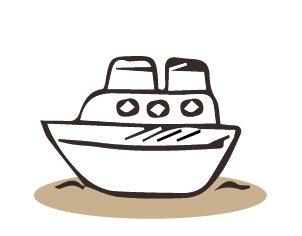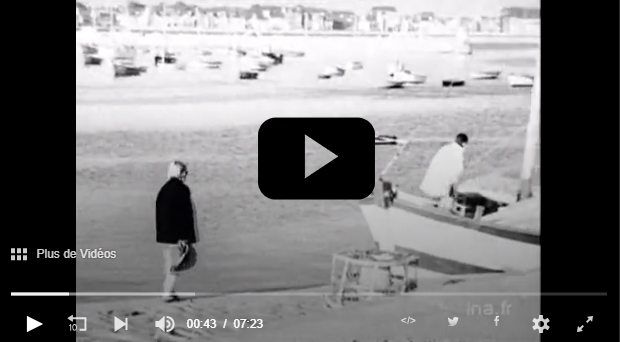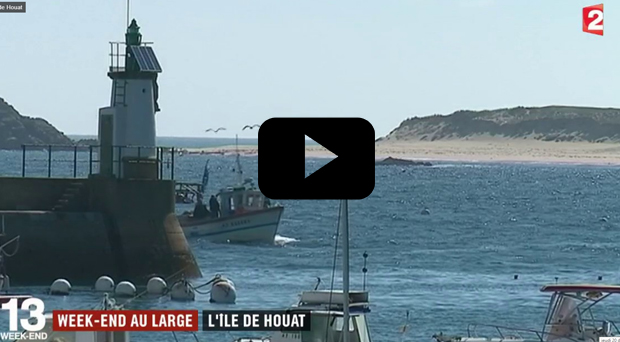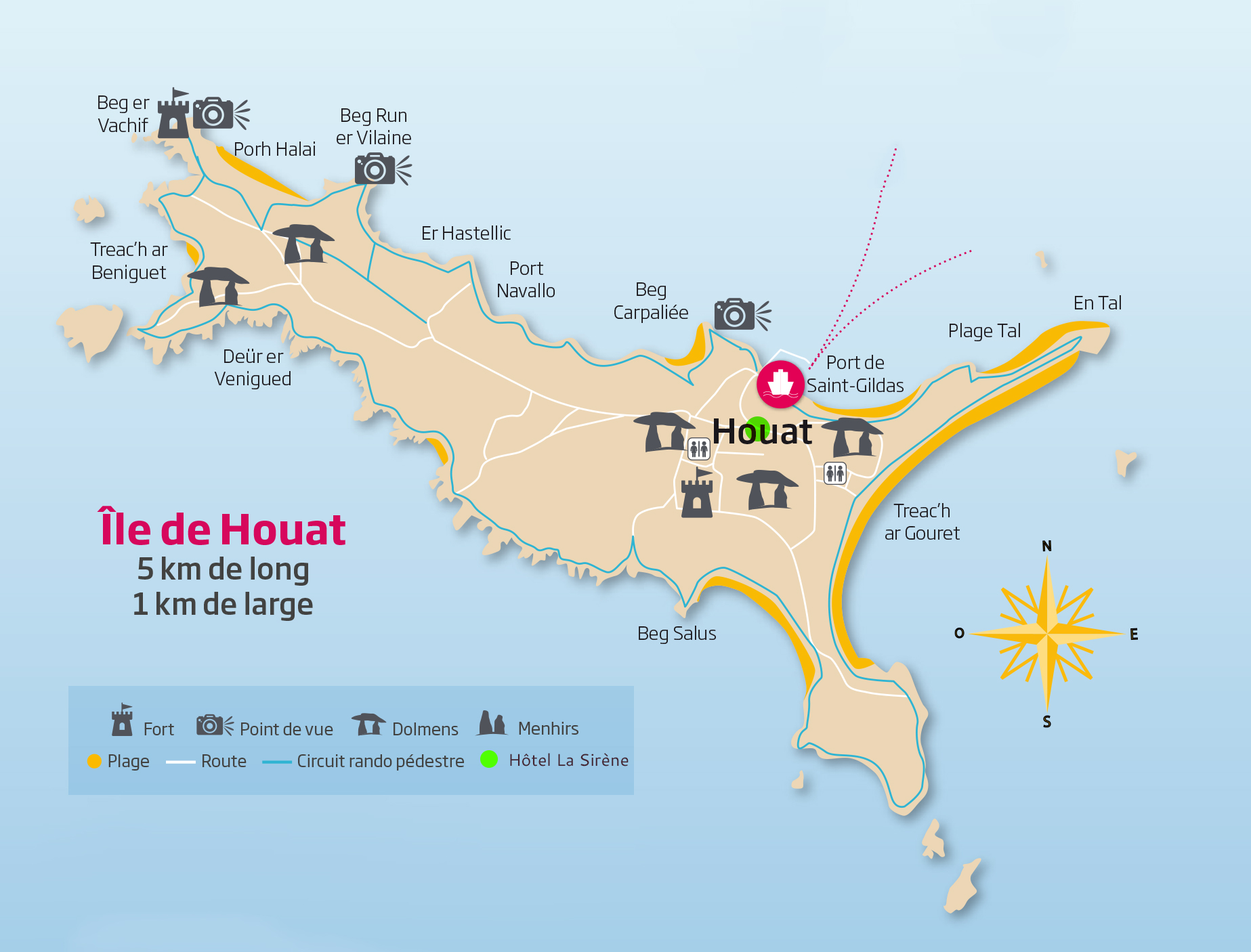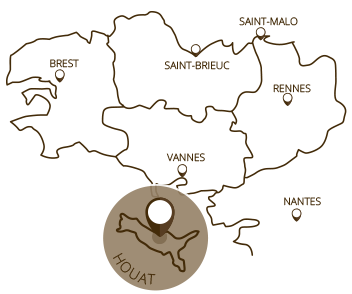Stay in Houat
Prepare your tourist visit to the Island of Houat in Morbihan in Brittany. Here you will find all the information to have a pleasant stay on our beautiful island.
Discover the island of Houat
14 km off Quiberon, you have to sail for 40 minutes to deserve to land on this islet which is home to 250 inhabitants all year round, and even fewer trees! Here, stones, moors, wind and sea reign. Measuring just 4 km long by 1.5 km wide. The island of Houat is a true haven of peace: here, no car! In season, you can rent bicycles to go from one side to the other on the island. To explore the coastal paths, bring good shoes, as they are only accessible on foot.
Tout ici est authentique et pittoresque : le bourg, typique d’un village breton de bord de mer qui présente ses petites maisons blanches aux volets bleus, son église du milieu du XVIIIème siècle et ses superbes roses trémières en saison.
Following a footpath, the coast is breathtakingly beautiful. But because the sea is its primary resource and the inspiration for all its human activity, the island of Houat is the first to act for its protection and the defense of its biodiversity. In Houat, you only meet crazy lovers of nature and its riches, sincere friends of the oceans, beings turned towards a future more respectful of the environment…
Houat is divided into two parts: To the east, it is a huge beach of fine sand that awaits you, 2 km long, clear and turquoise water, ideal for relaxing. The landscapes of the south of the island are more cut out with its cliffs and coves which confirm the wild character of the island of Houat.
A bit of history
This explains why it was populated from the Neolithic period. There are also vestiges of megalithic and Gallo-Roman civilization. Legend has it that Saint-Gildas established his hermitage there in the 6th century. Later still, Houat and Hoëdic had to defend themselves from Dutch and English attacks. Both islands were occupied by England until 1763.
Former dependency of the commune of Palais de Belle Ile, Houat only became autonomous in 1893.
It was only on November 4, 1963 that electricity arrived in Houat, bringing comfort, television, openness to the outside world, but also the disappearance of vigils. This electrification partially solved the crucial problem of drinking water supply by creating a seawater desalination plant. However, water remains a rare and expensive commodity, so it should be saved.
-
Prepare your stay in Houat
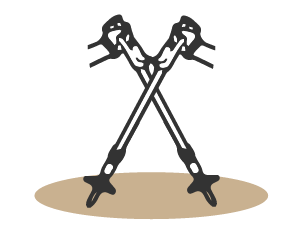 Sticks prohibitedThe use of metal-tipped walking sticks is prohibited on the islands.
Sticks prohibitedThe use of metal-tipped walking sticks is prohibited on the islands.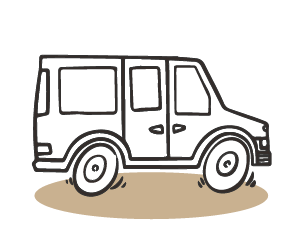 No carYou can only get around on foot or by bike (rental available on site).
No carYou can only get around on foot or by bike (rental available on site).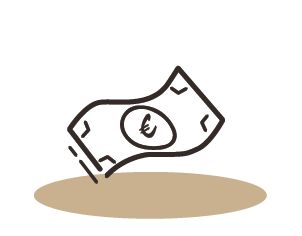 No distributorsThere is no ATM on the island. We therefore invite you to take your precautions.
No distributorsThere is no ATM on the island. We therefore invite you to take your precautions. -
Activities on the island of Houat
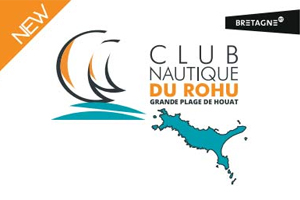
Rohu Nautical Club - Sailing school in Houat
Open in July and August. Courses from Monday to Friday from 10 a.m. to 12 p.m. Rentals every day, by reservation, subject to availability. Private lessons, every day by reservation, subject to availability. Contact: 07 88 06 50 39 | info@voileenmorbihan.com
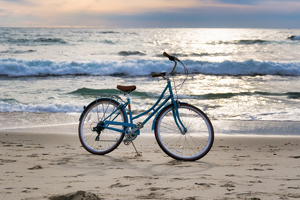
Bike rental
Houat Locations by Veloc'Ouest - Bike rental Mobile: 06 46 85 33 49
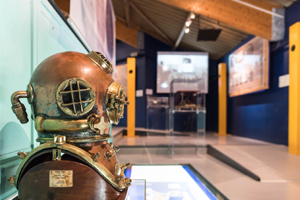
Eclosarium Museum
Open from May to September. May - June - September: Tuesday to Sunday: 10 a.m. to 12:30 p.m. and 2 p.m. to 4 p.m. July & August: Open every day: From 10 a.m. to 12:30 p.m. and from 2:30 p.m. to 5:30 p.m.
Sports platform on the island of Houat
Houat has just acquired a sports platform made up of handball, basketball and tennis courts, as well as volleyball posts. This sports platform will allow the sportsmen of the island to practice their favorite sports. For more information, contact the town hall at 02 97 30 68 04 -
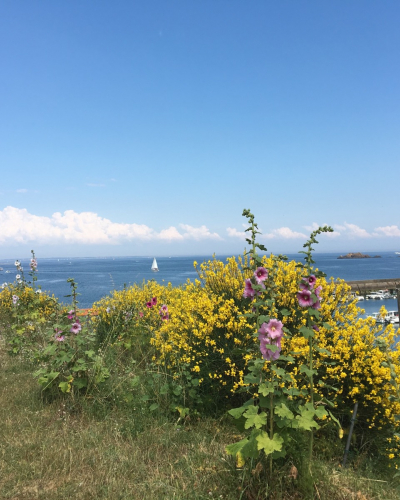
Weather forecast
Island of Houat -
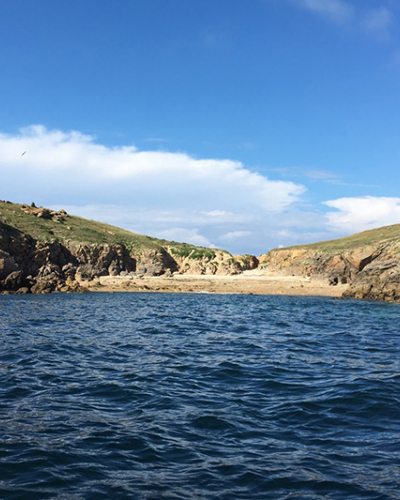
Useful links
- Mairie de Houat >
- Office de tourisme de la Presqu'ile de Rhuys >
- Office de tourisme de Quiberon >
- Office de tourisme de Vannes >
- Tourisme dans le Morbihan >
- Tourisme en Bretagne >
- www.voilier-morbihan.fr >
- Agence BLB Tourisme >
- Compagnie des sentiers Maritimes >
- Fun Breizh à Surzur >
- Vedettes L'Angelus >
- Navix >
- Marine et Loire croisières >
- Best beach hotels of the world
